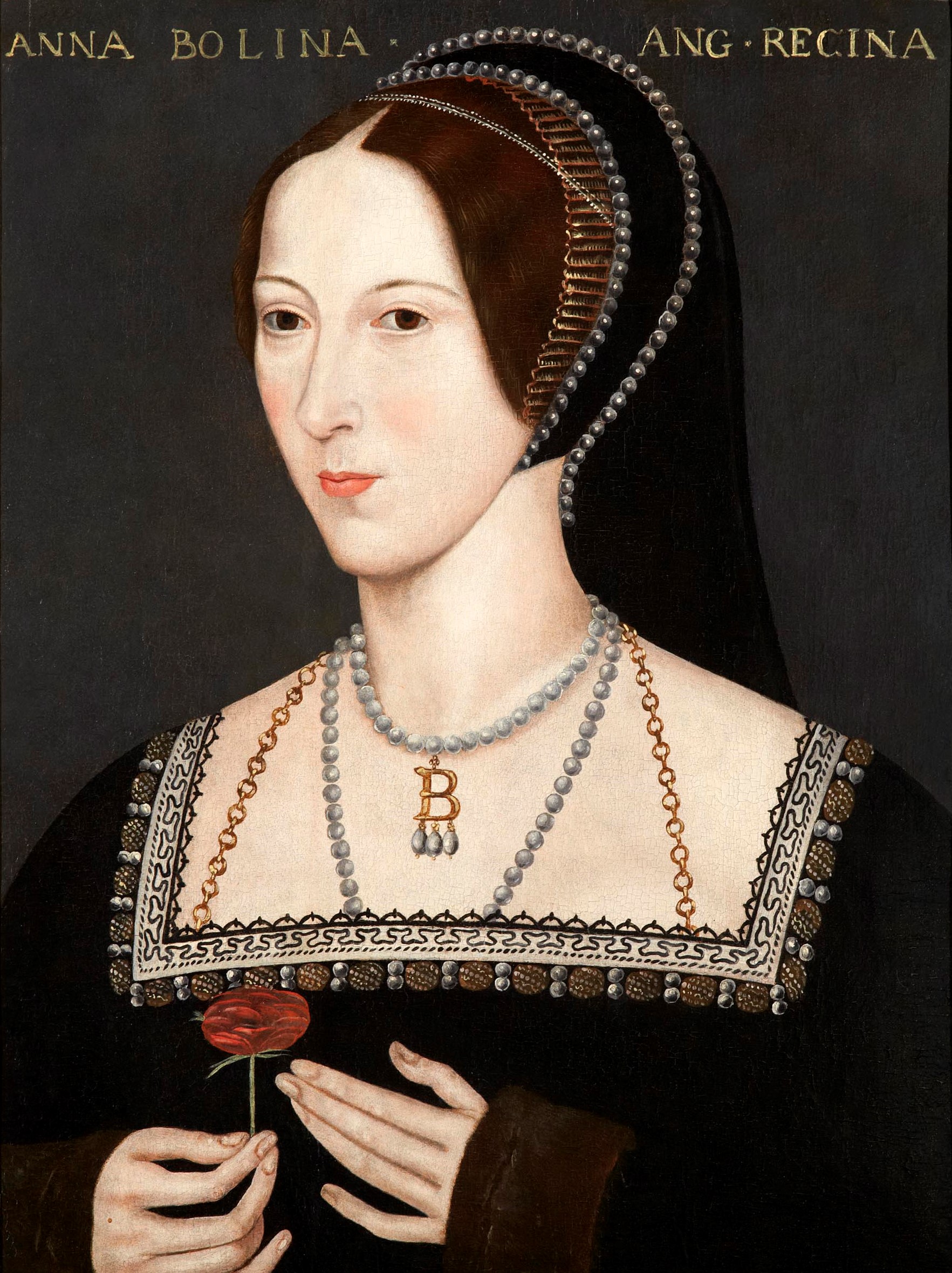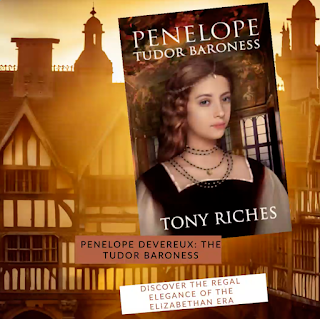The different media portrayals of Anne Boleyn
The different media portrayals of Anne Boleyn
Hello, my history nerds! How are you all doing? Ready for me to talk about Anne Boleyn again?
Anne Boleyn has always had her name besmirched by propaganda, both in her lifetime and after. Anne Boleyn had a resurgence in popularity in the 18th and 19th centuries and during the reign of Queen Victoria, where Anne was seen as more of a victim who was mistreated by her husband, Henry VIII. After 300 years of being branded as a whore and ‘the scandal of Christendom’, Anne was starting to be seen in a new light.
By the 20th century, many novelists and playwrights such as Maxwell Anderson, writer of “Anne of the Thousand Days”, were full of praise for Anne, and their writings were more sympathetic towards her than previous accounts. Anne of Thousand Days was a play first shown in 1949 with the titular role played by Joyce Redman and then transformed into an award-winning film in 1969 starring Genevieve Bujold. Genevieve Bujold is one of our most iconic Anne Boleyn’s, she was feisty, and loving and she was a force of nature.
The first record we have of an actress playing Anne Boleyn is Clara Kimball-Young in a 1912 short film about Cardinal Wolsey. Anne Boleyn has been dominating our screens from the days of early cinema up until the modern day, proving how she continues to fascinate people, 487 years after her death.
It is important to a lot of people to see our favourite historical people brought to life, however, we all have an image of Anne in our heads and each version is slightly different. I might think she is slim, with dark eyes and long dark hair whereas some people might imagine her as more curvy and more of a brunette. We still do not know what Anne truly looks like because Henry VIII destroyed any contemporary likeness of Anne he could find at the time of her execution. So as there is no objective, definitive answer to what she looked like, it can be argued that no representation is incorrect. I mention this because of a recent depiction of Anne Boleyn made in 2021 by Channel 5 (UK). The actress chosen for another series of Anne was Jodie Turner-Smith a fabulous British actress. This caused controversy because Jodie was a person of colour, whereas Anne is usually shown with olive, swarthy skin or a pale complexion. Because of this “controversy” Anne Boleyn was setting tongues wagging again after 500 years.
Jodie was chosen for her skills as an actress, not her skin colour. She brought another version of Anne Boleyn to life bringing Anne’s fiery personality once again like many actresses before her. She brought a lot of human emotion to this role and made Anne seem a lot more empathetic than she had in the past. Jodie’s Anne showed what it was like for a woman living in Tudor England, including when Anne had her miscarriage in 1536, and Henry VIII left her alone to suffer the fallout of her dead child. We see Anne get dressed hurridly when she should be resting, showing the immense pressure Anne was under to provide a son in this brilliant performance by Jodie.
Anne has often been over-sexualised, both historically and in the modern era which has led to the idea that Anne Boleyn was a “sexy minx” who stole the heart of a king with a seductive smile and flirty eyes.
One portrayal of Anne Boleyn where these attributes are displayed is the HBO series ‘The Tudors’ portrayed by Natalie Dormer. The costuming chosen for Natalie Dormer is often very low cut, and maybe even a bulging chest. Natalie Dormer brought a very nuanced performance of Anne Boleyn to the table, one of the more real and raw portrayals since Genevieve Bujold’s performance in 1969.
Natalie Dormer thoroughly researched Anne Boleyn and her life for the role and spoke out about the way the writers wanted to portray Anne Boleyn. She felt she was made to act manipulative and unkind. This version shows how strong-headed Anne was, and how many enemies Anne made along the way as well as just how far Anne was willing to go to become the King’s wife, portraying it as a personal conquest. Natalie Dormer’s Anne is one of the more accurate personalities we have of Anne despite the storylines the writers wanted to explore and if her clothing was accurate I think she may even be considered one of the best Anne Boleyn’s.
Another more sexualised portrayal is by Natalie Portman in ‘The Other Boleyn Girl’ written by Phillippa Gregory. The book was adapted for a movie in 2008 having an all-star cast including Natalie Portman, Scarlett Johannson, Eric Bana, Benedict Cumberbatch and Mark Rylance. This adaptation of Anne is very inaccurate and doesn’t show Anne’s best qualities, using her more as a plot device or enemy to the film’s protagonist.
The film focuses on the two sisters, Anne and Mary Boleyn, The latter of whom the King has a relationship with before shifting his attention onto Anne, much like in real life. Anne is shown to be vindictive, vengeful and cruel. At most times she is childish and has to get her way. The film also insinuates that George Boleyn (their brother) and Anne almost had an incestuous relationship, one of the more ridiculous crimes Anne was accused of and found guilty of.
Anne is shown to be ambitious, which we know she was, but this film does not show any of the kinder qualities Anne has. More to that, there is a difference between ambition and stubbornness, something else the filmmakers seemed to misunderstand. One thing they partially accurately represent is Anne’s paranoia when she becomes Queen, which we know she was, especially towards the end of her life.
One final depiction I want to talk about is our most recent portrayal of Anne. Amy James-Kelly took up the mantle of being the Tudor Queen in Netflix’s version ‘Of Blood, sex and Royalty’, a hybrid documentary/drama with elements of comedy. This is a much more modern series, with modern music included to match the series aesthetic. In this version, we see Anne passionate about the Protestant Reformation, something that is rarely shown on TV. Anne reads a lot of books, she likes music, and she is witty.
Although it is a modern take, it is finally a depiction where we see Anne championing the reformation and using the church’s money for good, as this version of Anne constantly says the wrong thing and gets on the wrong side of someone.
Anne has been immortalised forever in these pieces of media, whether they are good or bad. There are countless amount of books discussing the romance of Henry VIII and Anne. How Anne was the “other woman” and was evil, but how she was also innocent prey and guiltless, because ultimately, however, grounded a portrayal may be, these retellings of historical events are an art form based on their creator’s interpretations of history, and are always subject to interpretation.
I believe we will continue to see Anne on our screens for a long time, and I can’t wait to see more!




Comments
Post a Comment